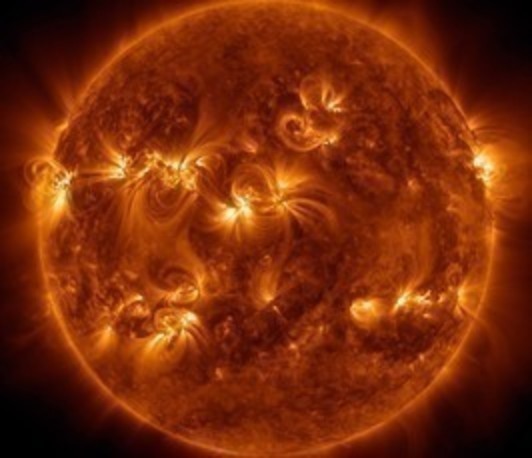Seminare am MPS
Zu allen Seminaren und Vorträgen am MPS sind interessierte Besucher herzlich willkommen. Die Präsentationen werden hauptsächlich in englischer Sprache gehalten, genauere Informationen zu Themen, Rednern und Terminen sind auf den einzelnen Seminar-Seiten zu finden.
Bei Institutsseminaren und Kolloquien präsentieren geladene Gastwissenschaftler anderer Institute Erfolge und Resultate ihrer Forschung.
In den S3 Seminaren erklären Doktoranden der Internationalen Max Planck Research School (IMPRS) ihre Arbeit.
In den Seminaren über Planeten und Kometen (PGS) sowie den Seminaren über die Sonne und sonnenähnlicher Sterne (SSGS), berichten die Wissenschaftler aus den jeweiligen Abteilungen über neueste Ergebnisse und Fortschritte in ihren Projekten und stellen neue Missionen vor. Bei allen Seminaren findet im Anschluss an den Vortrag eine kurze Diskussions- bzw. Fragerunde zum Thema statt.

